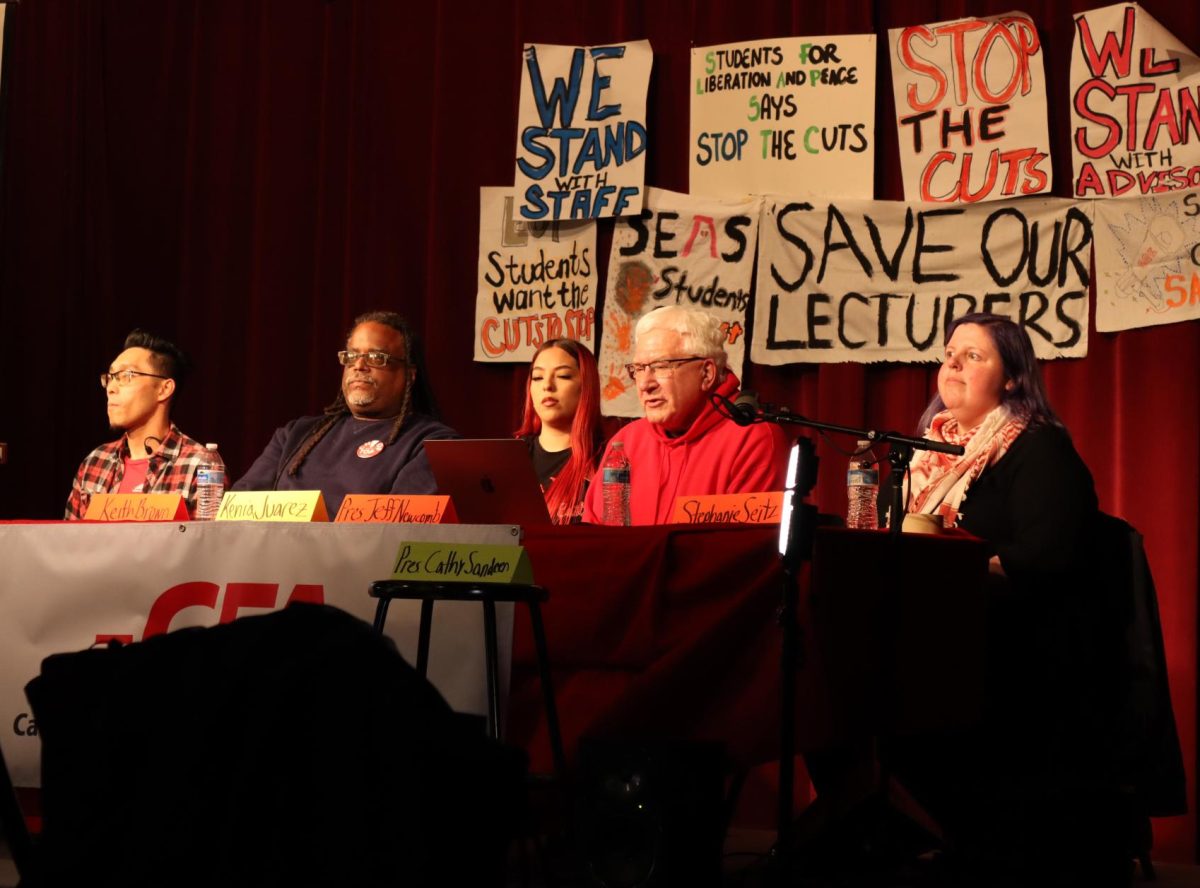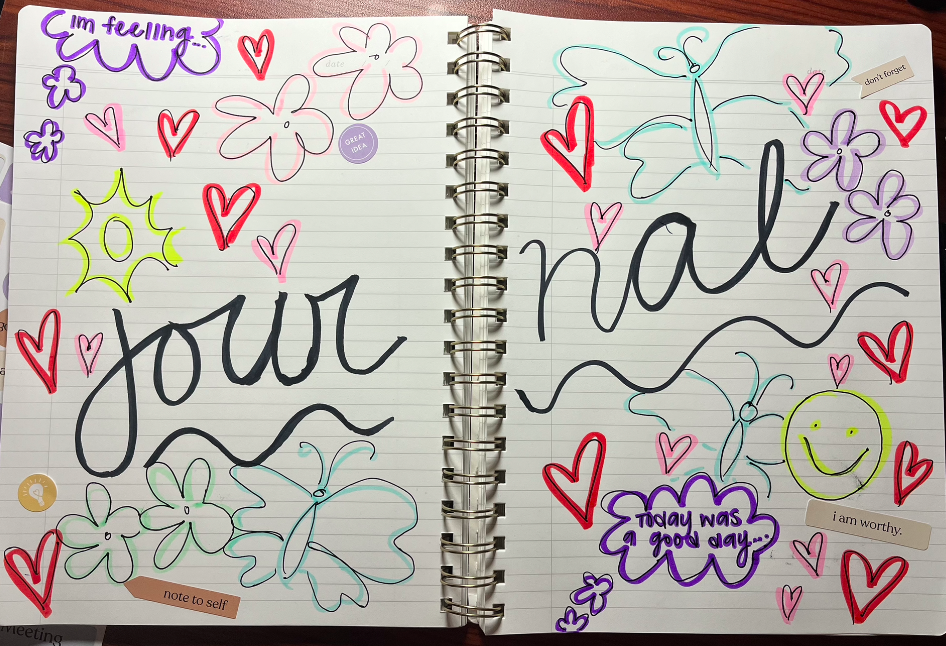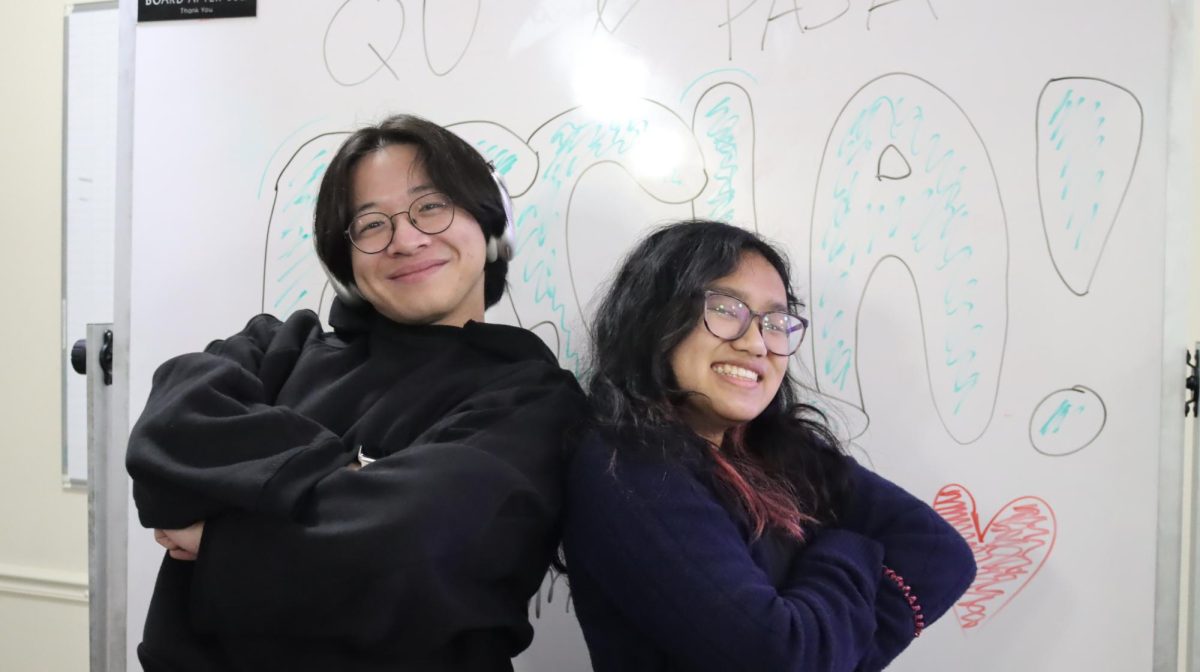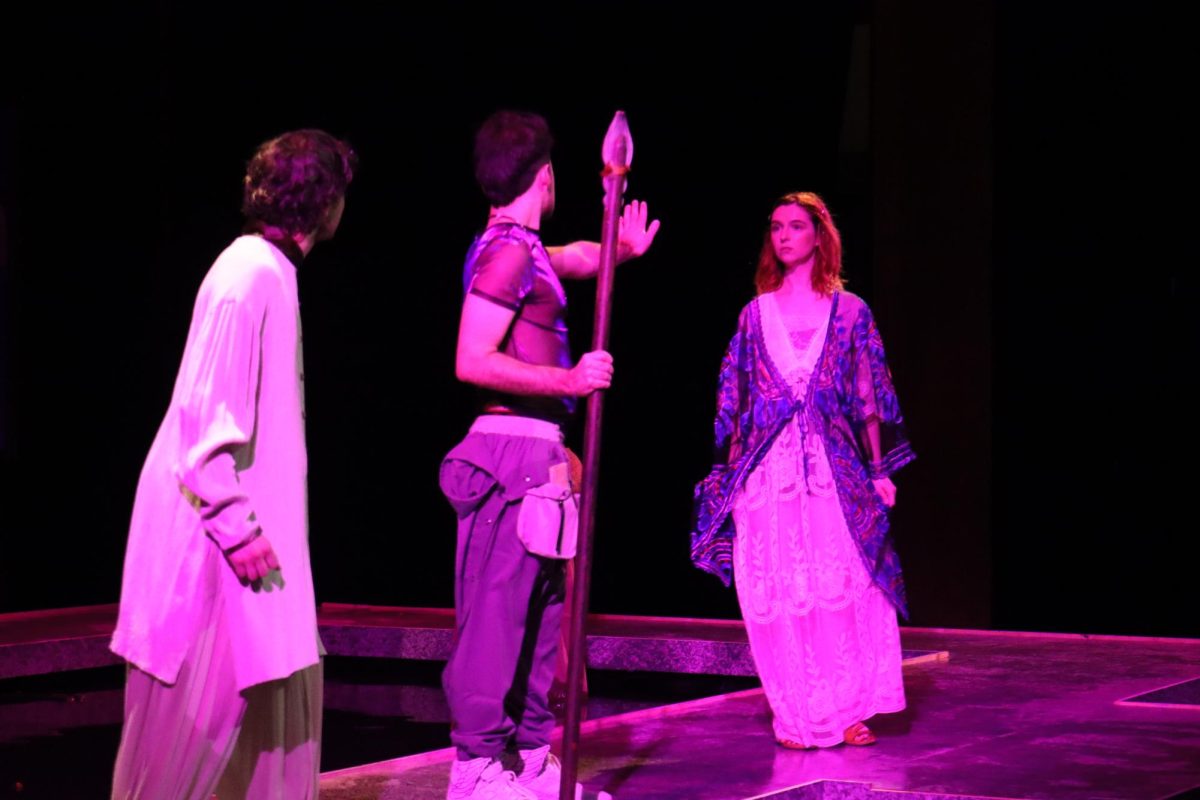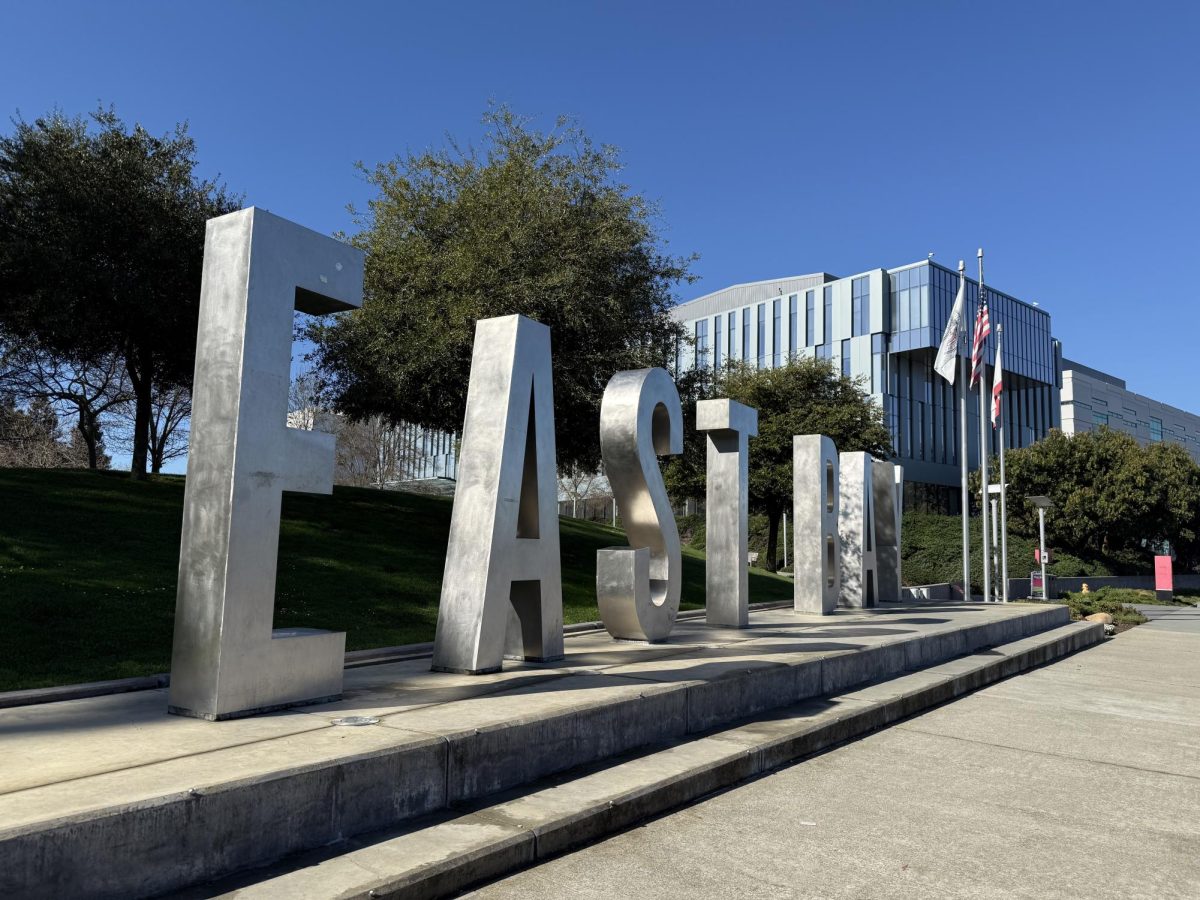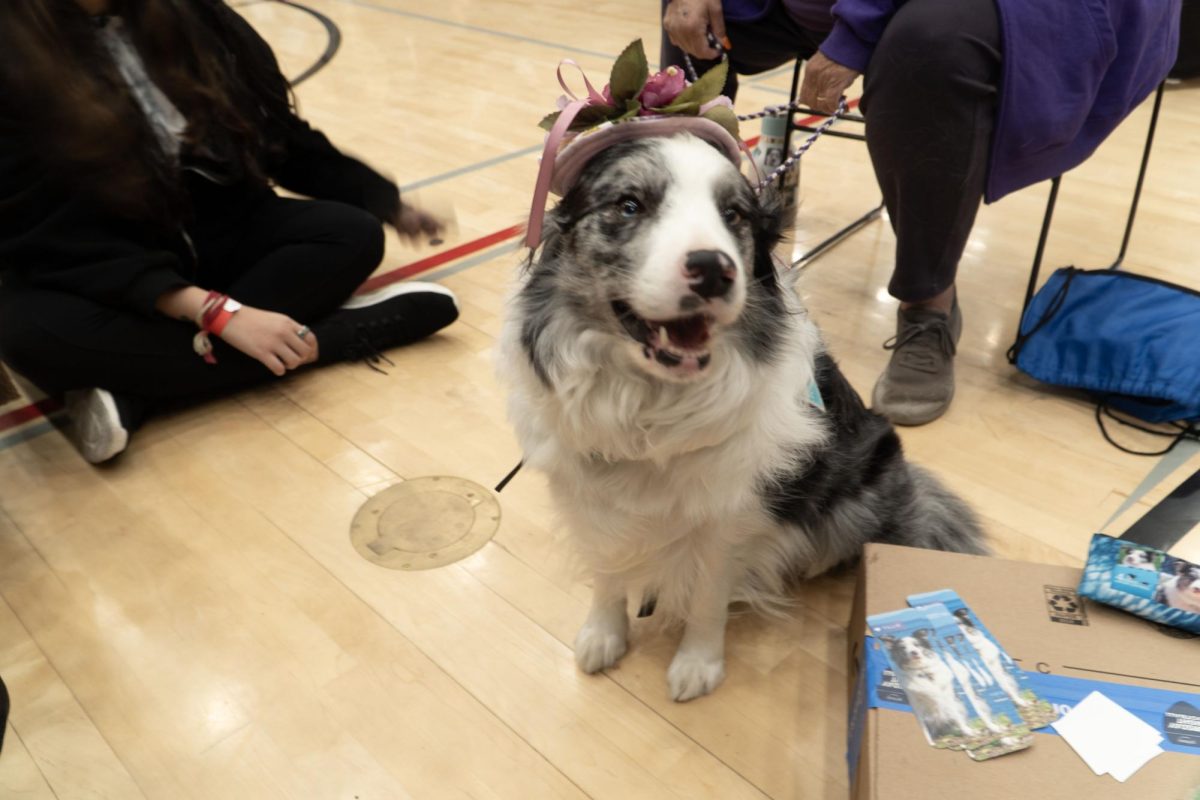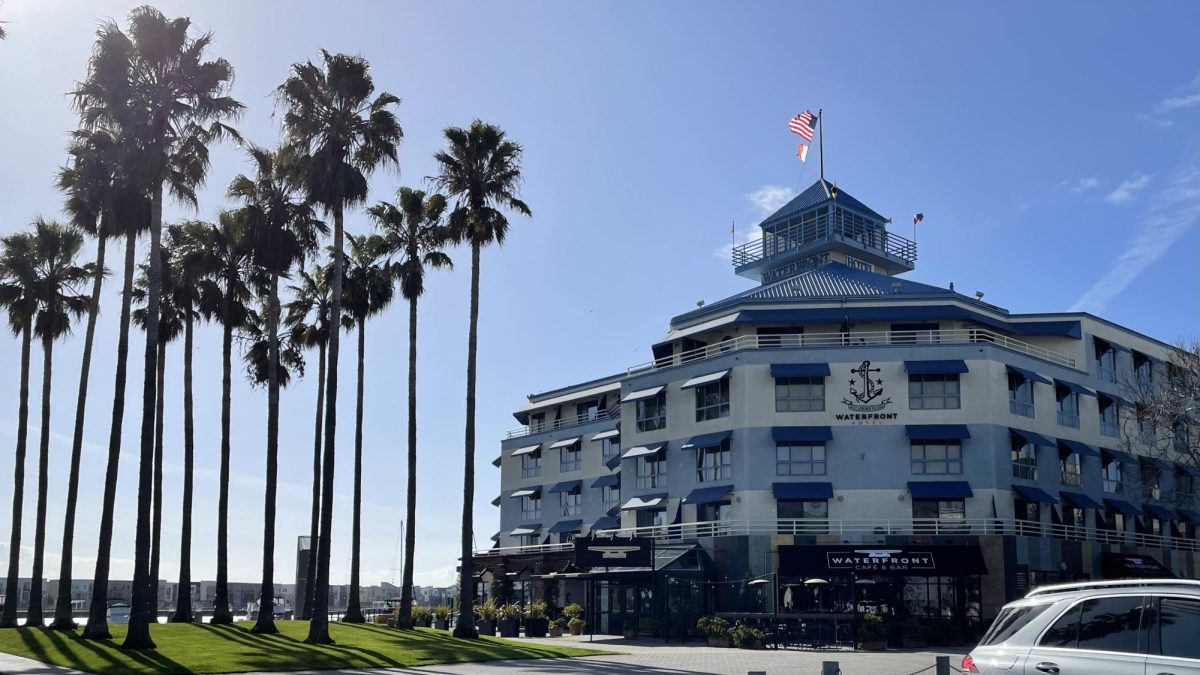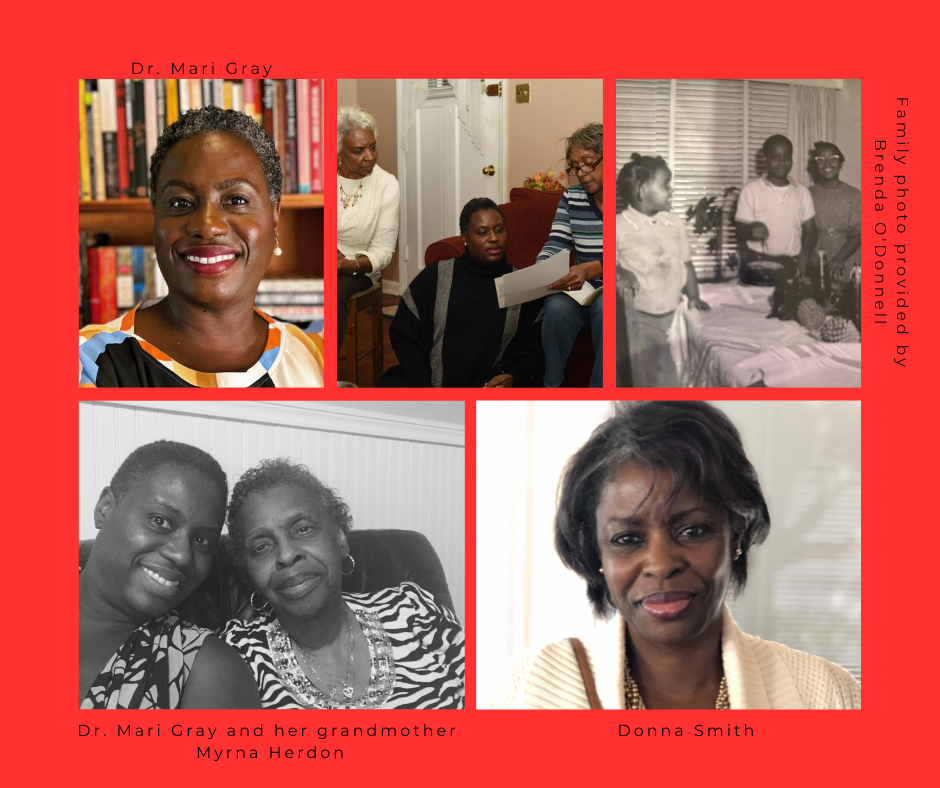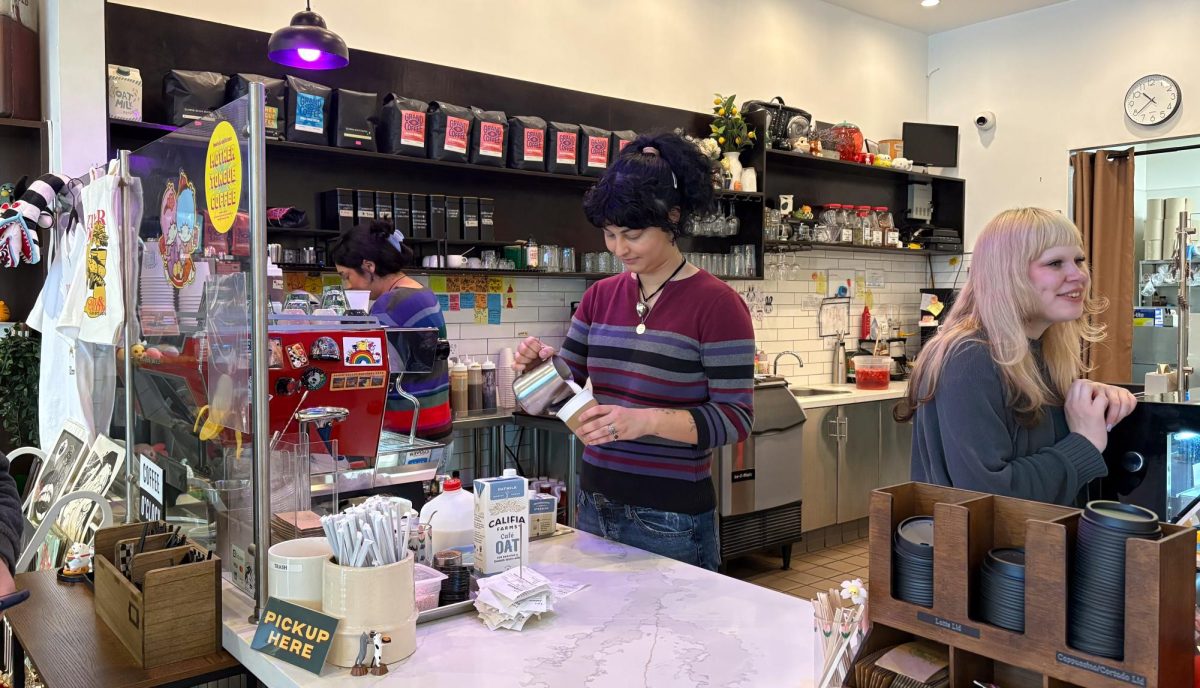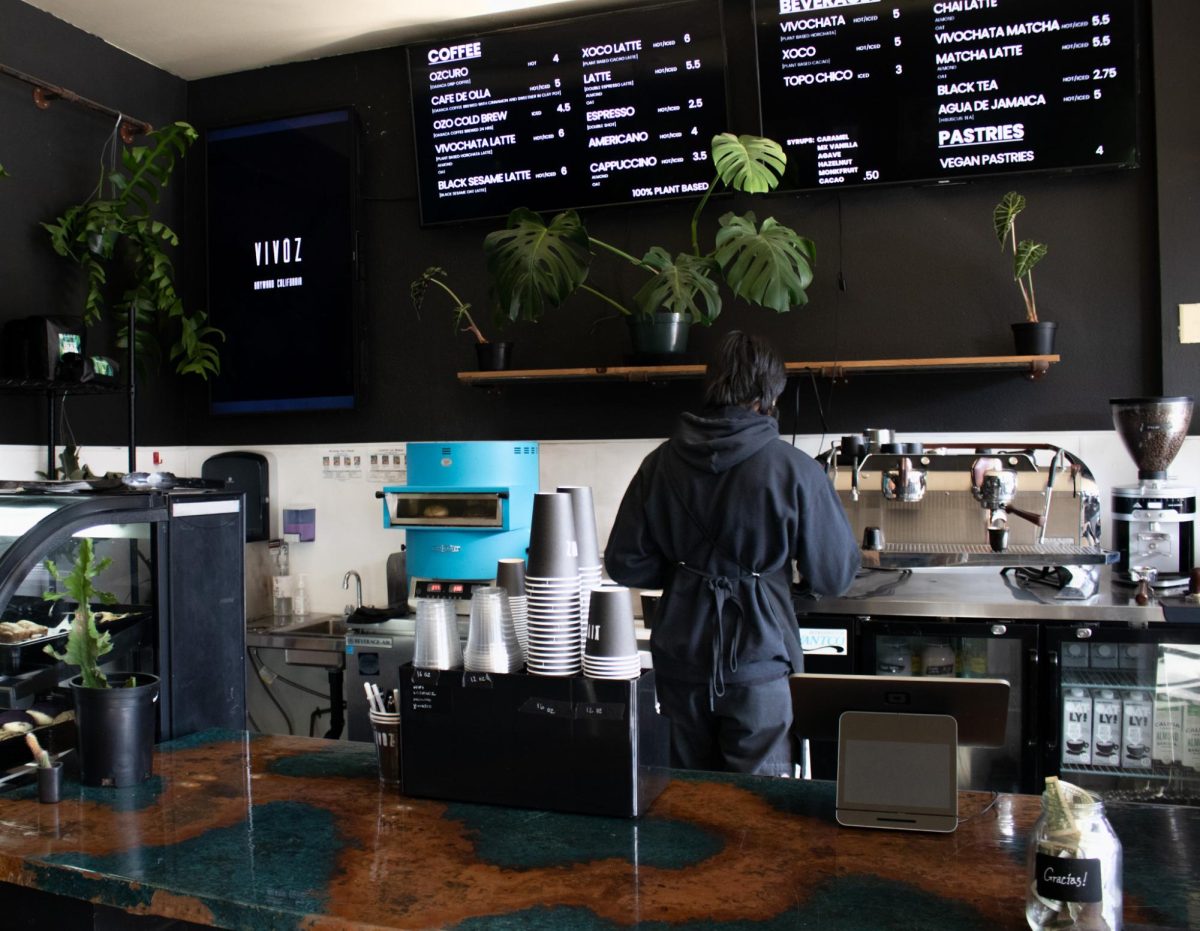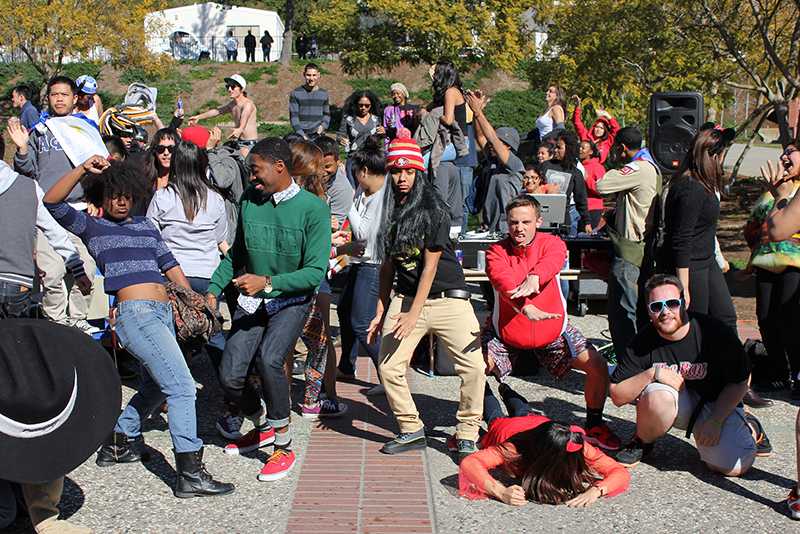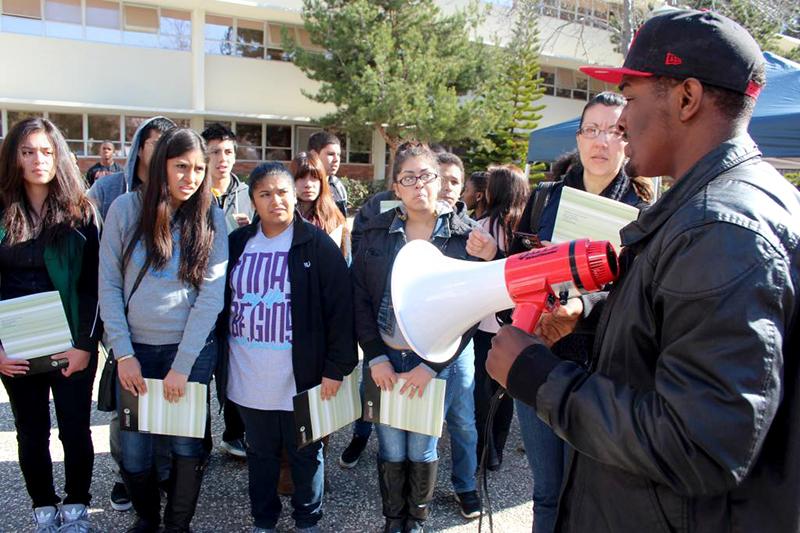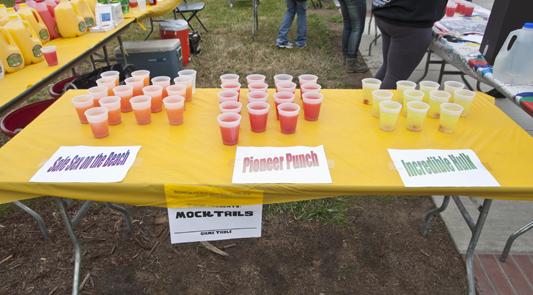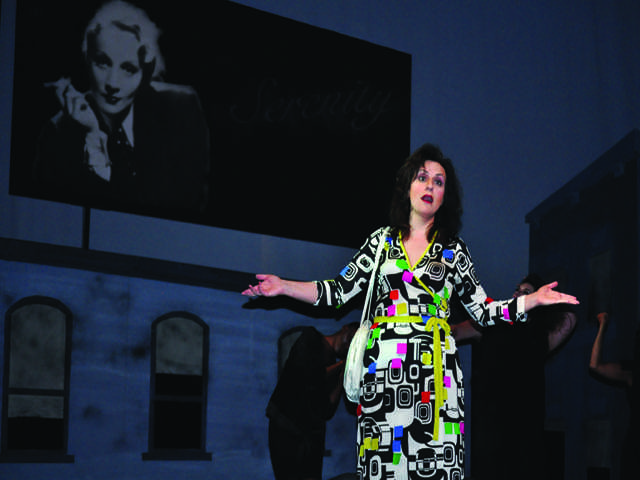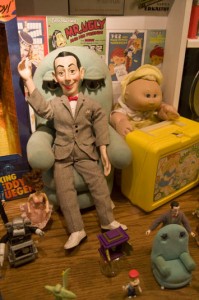
The Anthropology Department’s new exhibit reminds society of what it values as a culture, as well as what future generations will remember it by.
“Lamps & Stamps, Toys & Tins: The Things We Collect & Why We Collect Them” is the current exhibition for the C.E. Smith Museum of Anthropology, located on the fourth floor of Meiklejohn Hall and open through June 3rd.
This exhibition, which includes collections by CSUEB students, faculty and staff, explains why people become collectors and why they collect the things they do.
Museum associate director Marjorie Rhodes-Ousley, who says she feels this is one of the most unique and diverse exhibits the department has presented, says collecting expresses a human need for belonging and understanding.
“It shows that people want to hold on to their pasts, and hold onto something meaningful to their lives,” said Rhodes-Ousley. “It gives people a concrete connection to life itself.”
The idea was inspired by a large collection of trains owned by museum director George Miller. In the west wing of the museum, a “Trails to Rails: Building the Transcontinental Railroad” exhibit shows how trains helped to expand the American West. Miller wanted to connect his collection of trains with another exhibit, which is now located in the east wing.
The exhibit houses a variety of collections, from a condom tins collection to bottle caps, shot glasses, lighters, stamps, Lord of the Rings figurines, ticket stubs, Care Bear dolls, Silly Bandz and a variety of other collections that museum facilitators say show the diversity of what people treasure and deem valuable.
One of the most interesting pieces, most visitors say, is a “time capsule” that holds objects from each decade, like Gameboys, Grateful Dead logos, a 1984 “Jesse Jackson for President” button, a Starbucks cup, Madonna posters, old family photos and other items that donators felt best described an era they lived through.
“This exhibition gives visitors a chance to spend some time examining the stories behind what different people collect,” said Rhodes-Ousley.
Richard Collins, a donator and facilitator to the exhibit, says he hopes that students and other members of the CSUEB community can gain something when they come to view the exhibit.
Collins, an Anthropology graduate student, donated a collection of PEZ containers to the exhibit, which he said reflect the growing bond he shared with his son throughout the years.
The collection started because Collins found them a cheaper toy alternative for his young son, and thus as the collection grew, he said it became more than a quantity of toys. It became a shared identity and connection with his son.
Collins says his collection, as well as many others on display, is a representation of popular culture and says he hopes it can entice people to reflect on the history of society.
“They can learn a lot and spark their interest in the subject, or in something they probably didn’t think they would have,” said Collins.
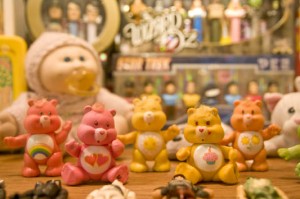
Each year, a new exhibition is held at C.E. Smith Museum of Anthropology to provide awareness and knowledge to the community about their own culture as well as the cultures of others.
The theme of every year’s exhibit is decided by students of the Anthropology and Museums 3710 class.
The C.E. Smith Museum of Anthropology was founded in 1975 in honor of Professor Clarence E. Smith, an original member of the CSUEB Department of Anthropology.
Robin Gordon, a former CSUEB alumnus, who was a member of Clarence E. Smith’s last class taught at CSUEB in 1972, says he comes every year to see the new exhibit, and is always “so thrilled” with the work the students have done.
“They always do such a great job here,” said Gordon. “I’m always happy to come back and see them put on great work.”
22-year old Physics major Richard Nguyen says he was heavily immersed in the museum after viewing the exhibition, and says he was in awe that he had never heard of the museum before.
“I’ve been at CSUEB for about four years already, and I am embarrassed that I have never heard of the exhibits. I can only imagine how many more people such as me could benefit from a little extra cultural knowledge from this fascinating museum,” said Nguyen.
“I think it’s great to have a free museum on campus,” he said. “I can say I learned a lot from just a couple of minutes here and I’m glad our school has a student-created place like this. It shows that our school appreciates education, and that’s a great feeling for me.”


